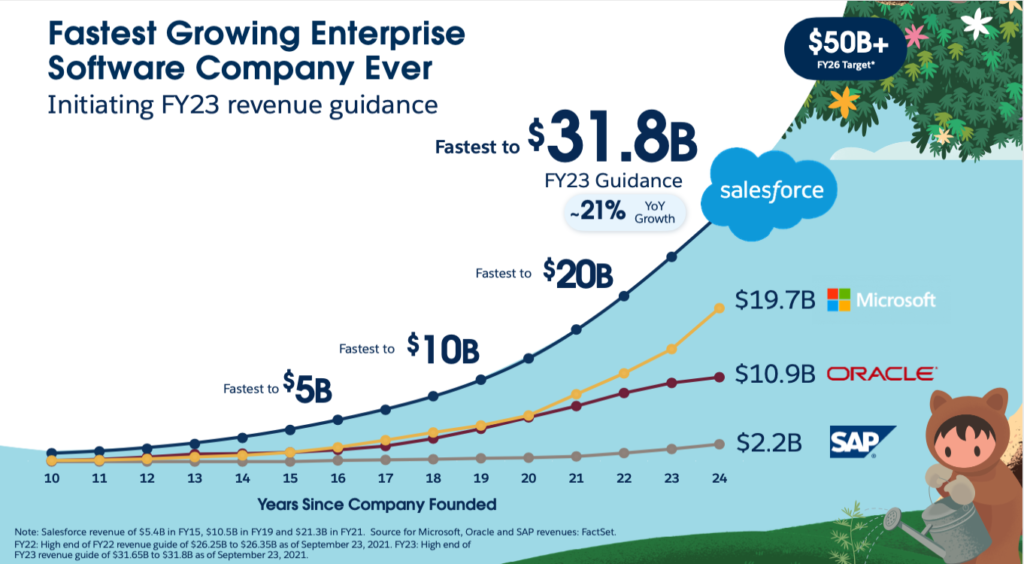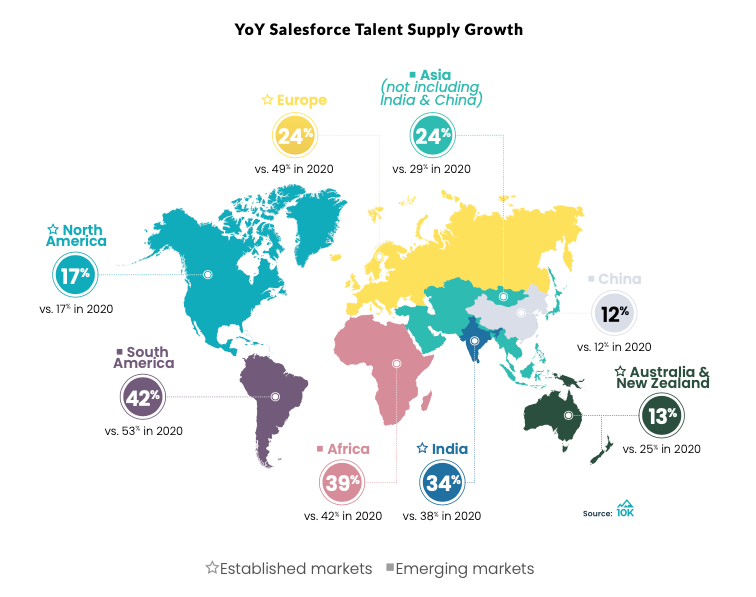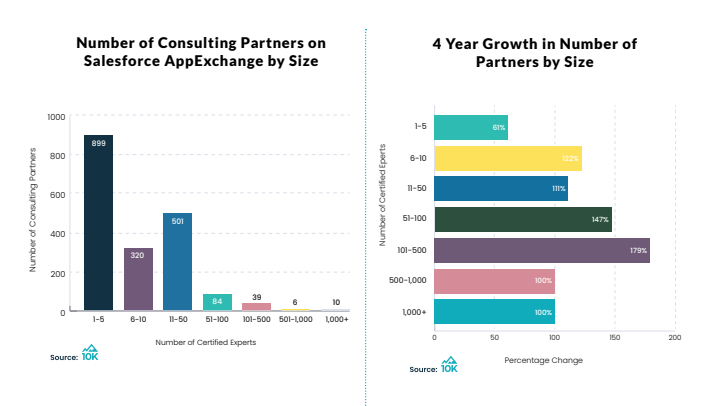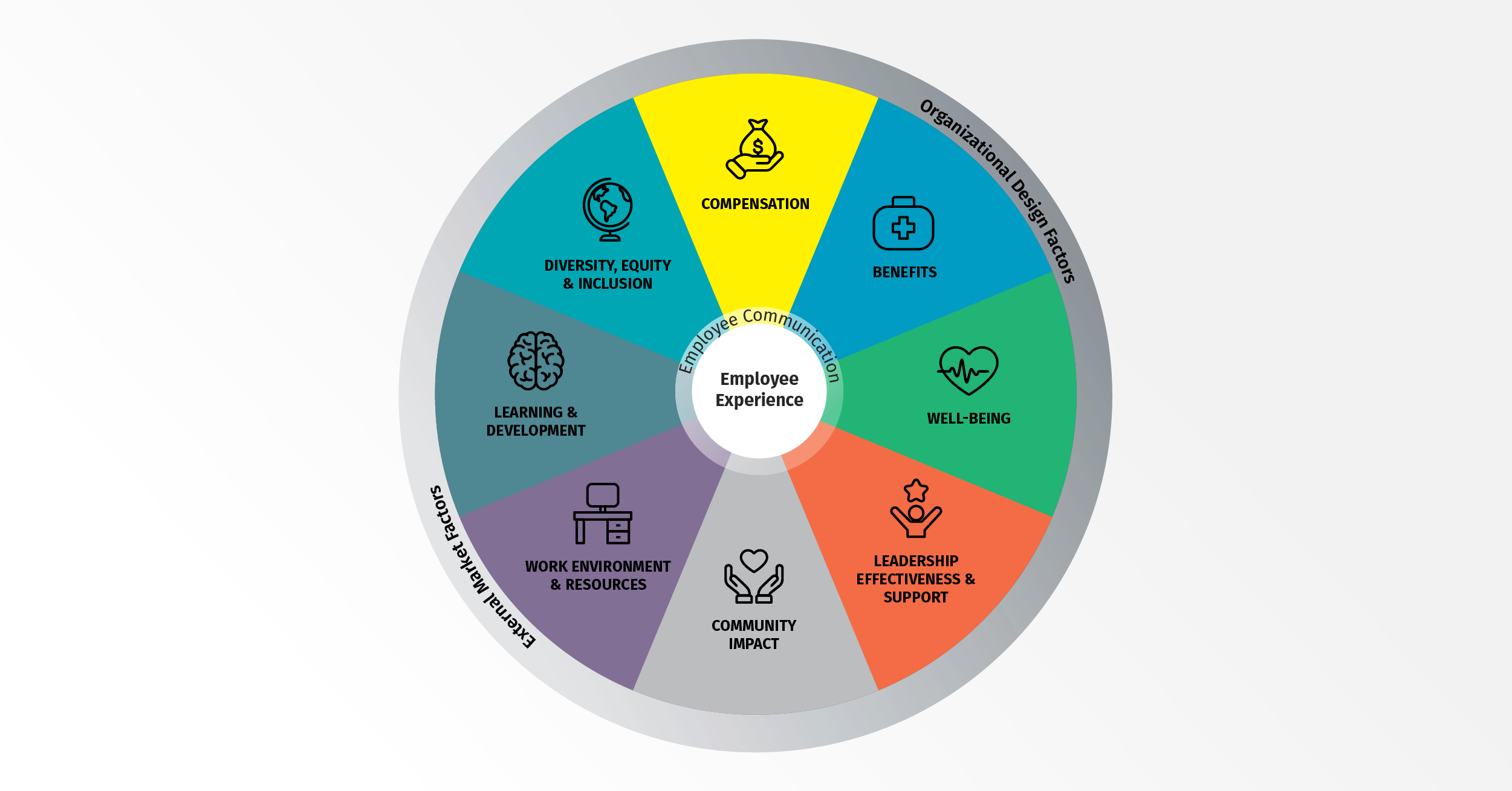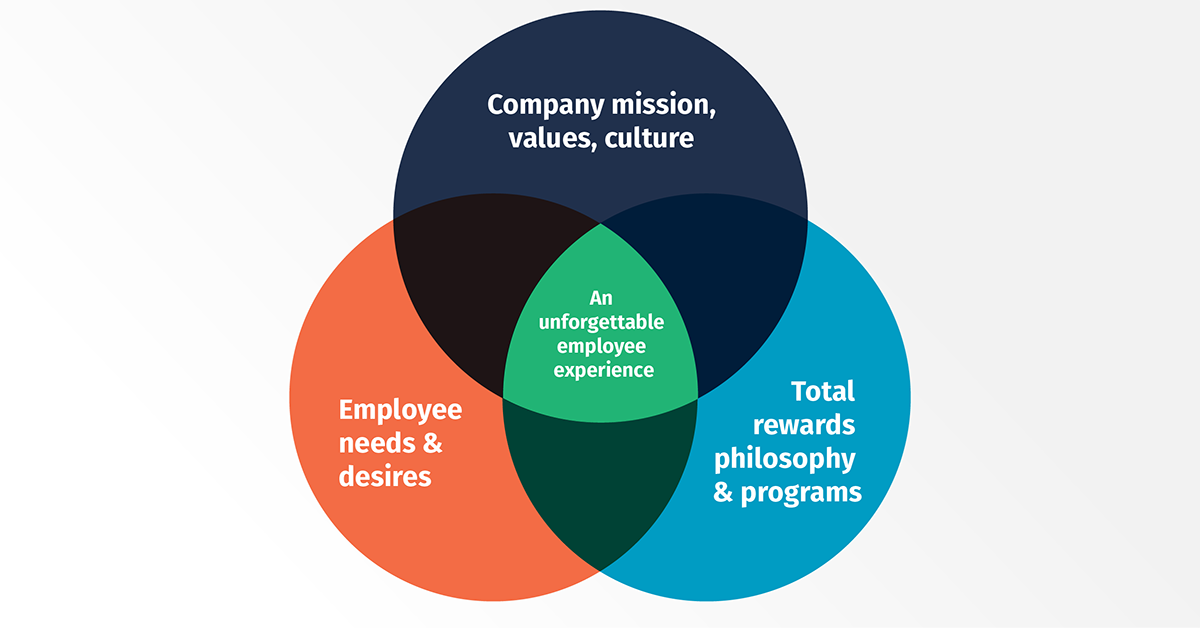Earlier this week, we held a webinar for IT services leaders who are determined to find and retain the best global talent, even in the face of The Great Resignation.
If you’re reading this, you’ve probably seen the statistics and are most likely experiencing the war for talent first hand – valued employees quitting for salaries twice their current salary, crickets when trying to recruit new candidates, and candidates accepting job offers and just not showing.
We know the problem. The question is what to do about it. To provide practical, real-world guidance, we pulled together a panel of some of our top talent Advisors and grilled them on how to find, build and retain employees in the cloud’s third wave. They included:
- Heidi Spirgi, Chief Strategy & Growth Officer at Cornerstone. Heidi is a talent and tech expert, who built her own HR strategy consultancy and spends her days anticipating the ever-evolving talent needs for Cornerstone customers.
- Julie Barker, CEO and Founder of Cultivate Talent. Before founding her own talent strategy firm, Julie led talent and recruiting organizations at organizations like Zylo and Appirio. She also chairs the Indianapolis chapter of DisruptHR.
- Matt Henwood, SVP of Operations and Delivery at Envoy. Matt has spent his career planning, recruiting, building, developing and managing global teams delivery teams at three high growth services organizations and knows how to build and scale high-performing teams.
We’d encourage you to view the full recording here. However, if you’re too busy navigating this crazy environment to spare an hour, here are the 8 key takeaways.
1. Recruiting must take the company’s growth trajectory into account
Especially now — and especially in fast-growing tech companies — recruiting can’t be just-in-time. It has to be proactive. Julie calls it the “the year out” strategy, and it means having a real pulse on how and where the company plans to grow. Then putting in place the strategy, processes and recruiting support (in-house or external) to make those growth plans a reality.
Focusing on today’s needs is like taking a photo of a passing bullet train. By the time you click the shutter the train is already hundreds of miles down the track.
2. A strategic people leader should be one of your earliest hires
Even if you’re just getting started, you need people in-house living and breathing your culture every day who can look ahead and stay ahead of emerging needs. Having an in-house recruiter is important for services firms, but if you only have one “people person”, you’ll need to have someone thinking about the broader employee experience. Recruiting is just one piece. You can’t grow employees if you can’t retain them.
3. Make sure you have a different and better story to tell
Talented employee prospects hear the same things everywhere they interview: “our culture is great”, “we’re growing like crazy”, etc. Candidates want to hear and see on your website, real stories, told by real employees, about what it feels like to work at a company every day. Craft your narrative and find unique ways to highlight how you’re going to help grow people’s career.
4. Show that you care more than the competition — even in the recruiting cycle
One company holds office hours to meet local talent who want to grow their careers. A leader from another company got a call from a promising employee who turned down the job and spent an hour and a half talking through that decision. In the end the employee decided to take the job after all. People want to work for leaders who are genuinely interested in their growth.
5. Make learning & development a core competency
In a services organization, where people are your product, training and development must be a core competency. The World Economic Forum says by 2025 – just four years from now — 44% of the skills that employees use will have changed. According to Heidi, helping employees keep their skills fresh and relevant is not only a recruiting must-have, it’s core to operations. If you’re looking to make development a cultural differentiator, consider increasing the ratio of L&D leaders to employees. Otherwise, you’re just keeping up, not getting ahead.
6. Ensure training & development encompasses digital and “soft” skills
You have to continuously re-skill your people and let people explore and develop based on their curiosity and not just their current role. Where employees want to develop isn’t just in technology skills. Help them develop softer skills like critical thinking and empathy through experiential learning (mentorship, apprenticeship, coaching). According to Matt, 9 out of 10 issues on customer projects are because of these skills, not a lack of technical capabilities.
7. Consider expanding your recruiting pool
Finding talent is tough everywhere, but some regions are worse than others right now. However, markets will evolve over time, and let’s be honest, every market has its unique challenges. Mix it up. Now that remote work is more accepted, expand your searches to include suburbs surrounding big cities. Or consider building in different regions altogether, like Latin America — a region that is getting a lot of recent attention. We also wrote recently about recruiting more diverse entry-level talent from different organizations, partnering with workforce development programs, liberal arts colleges and online universities.
8. Understand why people are leaving your organization
The number one reason people left used to be their manager; today they leave because they see no path for growth and career development. If you’re seeing higher attrition than you want, dig into what people aren’t getting at your organization. It might be surprising. If you’re looking to win the talent wars in the long run, keeping great employees should be your first focus. Recruiting should be second.
Don’t miss the recorded webinar for more insights.

